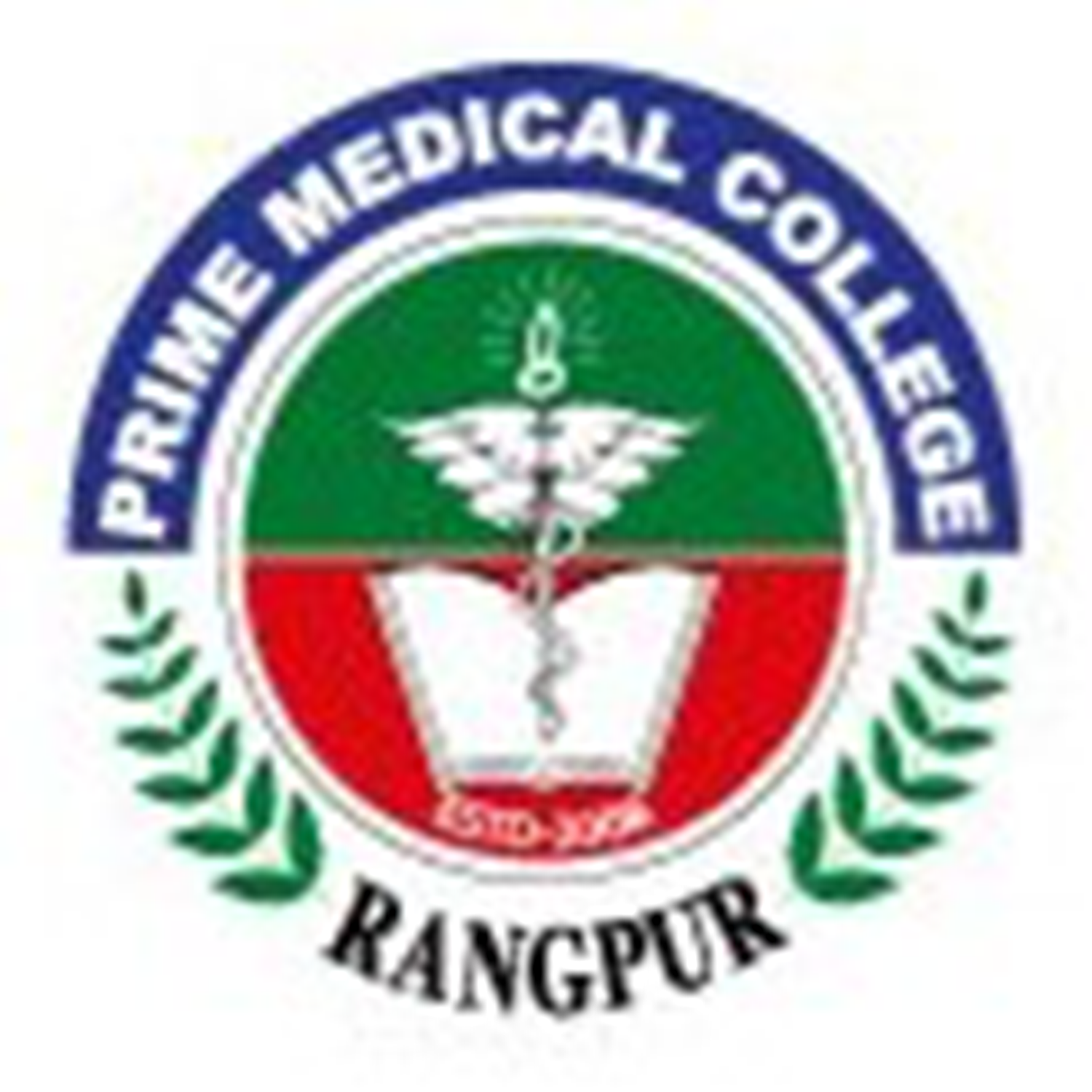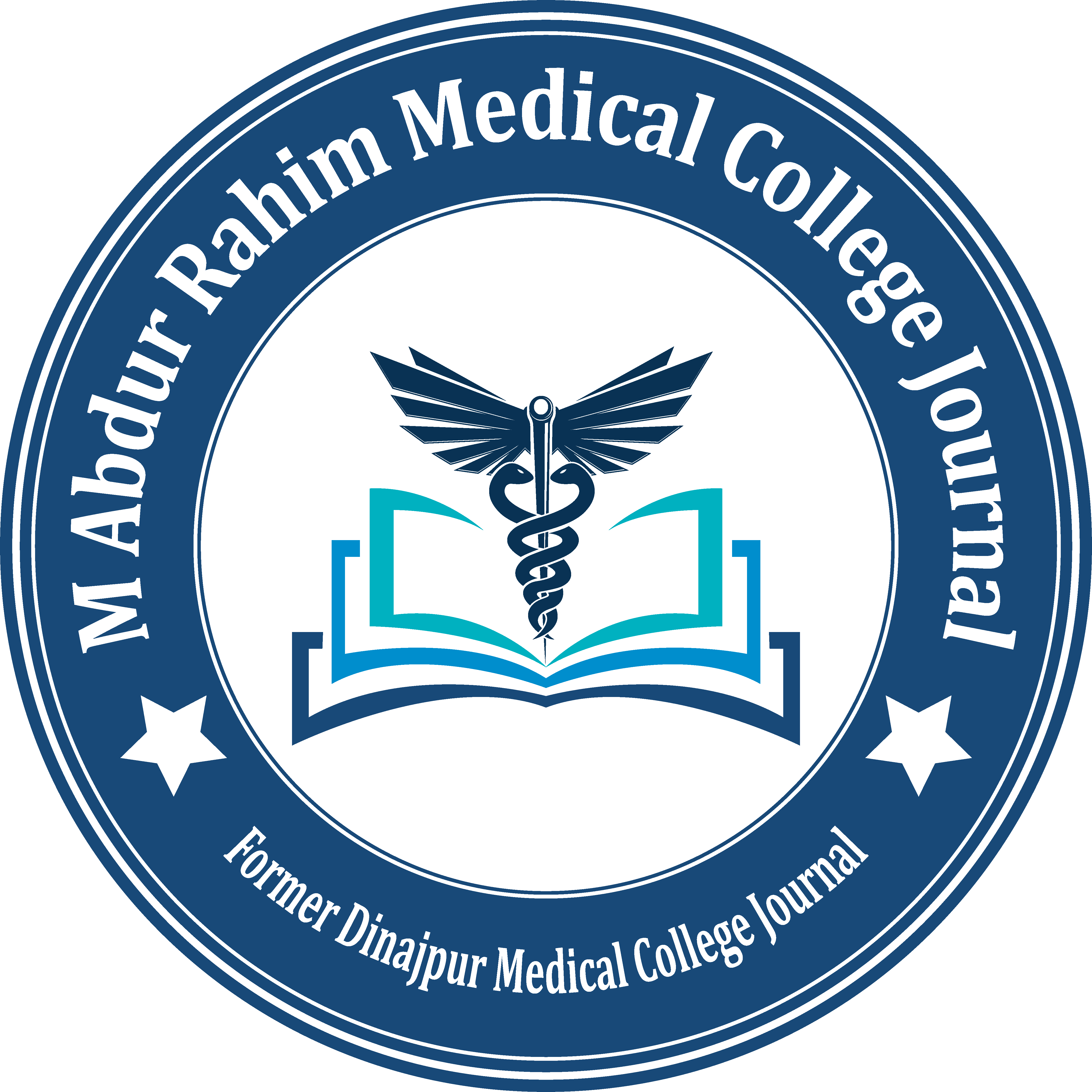Copyright © PMCBD, All Rights Reserved & Powered By NSM Limited
Comparison of the Lower Inguinal Skin Crease and Inguinoscrotal Junction Approach for the Treatment of Inguinal Hernia in Children
*Dr. K.M. Zafrul Hossain
Assistant professor, Department of Pediatric Surgery, TMSS Medical College, Bogura, Bangladesh.
Dr. Maskura Benzir
Assistant professor, Department of Anatomy, TMSS Medical College, Bogura, Bangladesh.
Dr. Md. Mijanur Rahman
Registar, Pediatric Surgery Dhaka Medical College Hospital, Dhaka.
Dr. Md. Mijanur Rahman
Registar, Pediatric Surgery Dhaka Medical College Hospital, Dhaka.
Dr. Md. Abdullah al Masud
Department of Transfusion Medicine, TMSS Medical College, Bogura, Bangladesh.
Dr. Md. Ibne Golam Sabbir
Assistant professor, Department of Surgery, TMSS Medical College, Bogura, Bangladesh.
Dr. Md Jahangir Alam
Resident Pediatric Surgery, Mymensingh Medical college
Dr. Md. Hasan ullah
Consultant pediatric Surgery, Islami Bank Hospital, Agrabad Chattogram
Dr. Masfik Ahmad
Assistant professor, Department of Pediatric Surgery, TMSS Medical College, Bogura, Bangladesh
Dr. Md. Monwar Mahmud Bhuiya
Assistant Professor, Otolaryngology &Head-Neck Surgery Dept. TMSS Medical College & Rafatullah Community Hospital , Bogura
Keywords: Lower Inguinal Skin Crease, Inguino Scrotal Junction, Inguinal Hearnia, Children
Abstract
Background: Inguinal herniotomy is the most common operation performed by Pediatric Surgeons, mostly by the lower inguinal skin crease approach. Inguinoscrotal junction approach can be used as an alternative way which avoids tampering of inguinal canal and easy access to find out the patent processus vaginalis.
OBJECTIVES: This study was done to compare the outcome of herniotomy for inguinal hernia through lower inguinal skin crease and inguino scrotal junction approach in normal BMI children.
Materials and Method: This quasi-experimental study was conducted from July, 2018 to October, 2019 in the Department of Pediatric Surgery, Mymensingh Medical College Hospital, Mymensingh among the 60 patients with inguinal hernia who fulfilled the inclusion and exclusion criterion. History was recorded in a data collection sheet after taking informed written consent from the parents/ guardians. Proper clinical examinations, investigations were done. Patients were selected considering the inclusion criteria. Approximately 60 were selected for the study. Alternatively one patient through Lower inguinal skin crease and another through inguino scrotal junction approach were performed for each of the two consecutive patients and in this way one patient was selected for Group A (Lower inguinal skin crease, n=30) and other for Group B (Inguino scrotal junction, n=30). After the induction of general anesthesia, we made a transverse incision along the crease of inguino scrotal junction. This incision was depended through the layers of the scrotum down to the testis. When distal part of patent processus vaginalis was divided, the proximal stump of patent processus vaginalis fell back into the peritoneal cavity. The testis was placed into the scrotum. The skin was closed with a running subcutaneous 3-0 or 4-0 absorbable suture. Postoperative care by nothing per oral for 4-6 hours. Intravenous fluid, intravenous antibiotics parenteral analgesics. Patient was discharged on 1st POD after oral feeding. All patients were followed up at 1st post-operative day for immediate complication. eg: scrotal swelling. Also after one month for late complication.
Results: Among respondent 63.33% respondents had swelling at right side. 6.6% respondents of lower inguinal approach and 10% of inguino scrotal junction approach showed complications. Post-operative complications were 5 scrotal swellings. In lower inguinal skin crease approach 2 scrotal swellings and in inguino scrotal junction approach 3 scrotal swellings. Statistically significant relationship was not found between overall route of surgical approach of inguinal hernia with their site and with complication.
Conclusion: Inguinal herniotomy can be performed through lower inguinal skin crease or inguino scrotal junction approach without any significant difference in terms of outcome. Inguino scrotal junction approach for the treatment of inguinal hernia is well tolerated, simple, cosmetically appealing and less chance of infection due to less adipose tissue in scrotal skin.
Prime Medical Journal, July 2023; 13(2): 64-68
Our Visitor






 Total Users : 537
Total Users : 537 Views Today :
Views Today :  Views Yesterday : 1
Views Yesterday : 1
